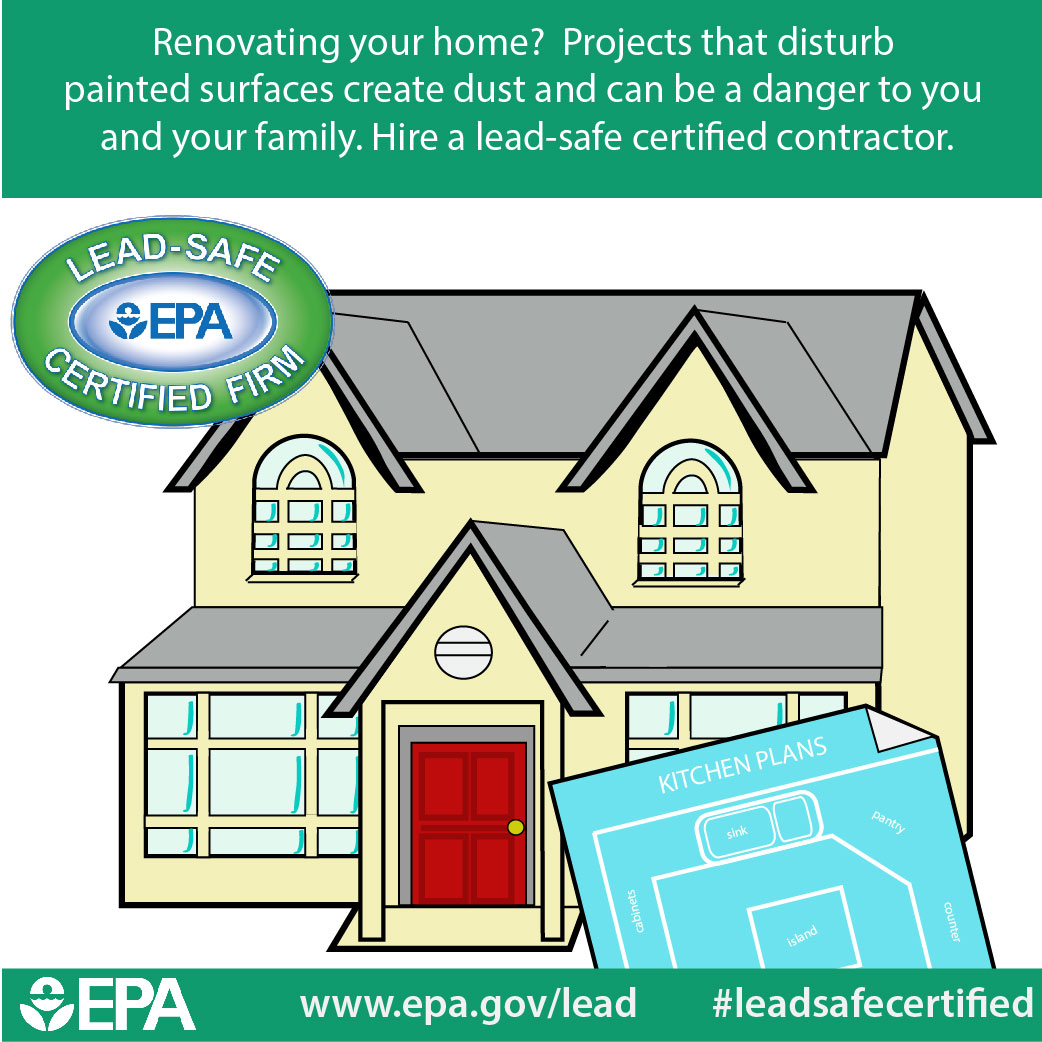Crucial Seasonal Aspects Of Commercial Exterior Painting: What You Need To Recognize
Crucial Seasonal Aspects Of Commercial Exterior Painting: What You Need To Recognize
Blog Article
painting companies in fort worth -Carlson Browne
When you're preparing a business outside paint job, seasonal factors can make or break your outcomes. You'll want to think about exactly how temperature and humidity effect paint application and drying times. Selecting the ideal period can ensure your paint sticks effectively and lasts much longer. Yet which periods are really the best for this sort of job? Let's discover the crucial elements that can impact your job's success.
The Influence of Temperature Level on Paint Application
When you're preparing a commercial external painting task, the temperature can considerably affect exactly how well the paint adheres and dries out.
Ideally, how to tell if paint has gone bad want to paint when temperature levels vary between 50 ° F and 85 ° F. If it's too chilly, the paint might not heal appropriately, bring about problems like peeling or breaking.
On the flip side, if it's also hot, the paint can dry as well promptly, protecting against correct bond and resulting in an unequal finish.
You should likewise consider the moment of day; morning or late afternoon offers cooler temperature levels, which can be much more positive.
Always check the manufacturer's referrals for the particular paint you're making use of, as they commonly provide guidance on the ideal temperature level range for optimal results.
Humidity and Its Effect on Drying Times
Temperature isn't the only environmental variable that affects your commercial exterior paint project; moisture plays a significant function too. High moisture levels can reduce drying out times drastically, affecting the total top quality of your paint task.
When the air is saturated with moisture, the paint takes longer to cure, which can result in issues like inadequate attachment and a higher danger of mildew development. If you're painting on an especially damp day, be prepared for prolonged wait times in between coats.
ceiling and wall paint same color to keep an eye on neighborhood weather conditions and strategy accordingly. Preferably, go for moisture degrees between 40% and 70% for ideal drying.
Maintaining these consider mind guarantees your job remains on track and supplies a long lasting surface.
Best Seasons for Commercial Outside Painting Projects
What's the most effective time of year for your industrial external painting projects?
Springtime and early autumn are commonly your best bets. Throughout these periods, temperature levels are mild, and humidity degrees are typically lower, producing optimal conditions for paint application and drying.
Stay clear of summer's intense heat, which can trigger paint to completely dry also quickly, leading to inadequate adhesion and finish. Similarly, winter's chilly temperatures can impede appropriate drying out and curing, taking the chance of the longevity of your paint task.
Aim for days with temperatures between 50 ° F and 85 ° F for optimum outcomes. Keep in mind to examine the neighborhood weather prediction for rain, as wet conditions can spoil your job.
Planning around these aspects guarantees your paint job runs efficiently and lasts longer.
Conclusion
To conclude, intending your commercial exterior painting tasks around seasonal factors to consider can make a substantial difference in the result. By organizing work during the optimal temperatures and moisture degrees, you'll make certain much better adhesion and drying times. Remember to keep popcorn removal on regional weather prediction and pick the correct time of year-- spring and very early fall are your best options. Taking these steps will certainly assist you accomplish a resilient and professional surface that lasts.
